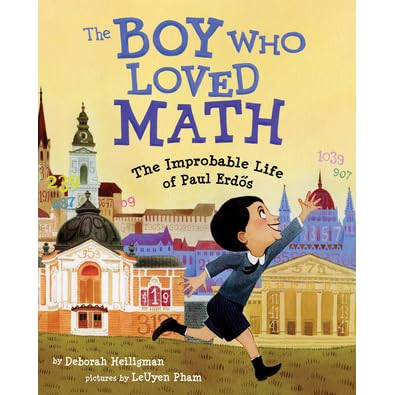Author: Martin Jenkins
Genre: Informational
Summary: The amazing story covers the life style of emperor penguins. They discuss how they live in this extreme cold environment and how the Papa Penguins cares for the egg and keeps it warm. There are many unusual habitats and the phenomenons of the arctic.
Review: Amazing illustrations and interesting facts about the emperor penguin are present in this book. Creating an easy way to understand this topic and read about a friendly penguin truly makes this story amazing and useful in the classroom.
Content Area Connection:
- Art: Discussing the amazing habitats and structure of each can be learned through many artistic mediums. Creating an in depth project with the home, egg and even the entire penguin itself can help the students understand more of the details displayed in this story, by creating their own examples!
- Social Studies: The historical aspect to this book can be looked at in a few ways. Using the history of the arctic and comparing that to its current state can create a deep discussion relating the global warming topic. Also the history of the penguin itself and going into its previous ancestors and ways of life can help us understand their current adaptions.





 Author: Deborah Heiligman
Author: Deborah Heiligman


